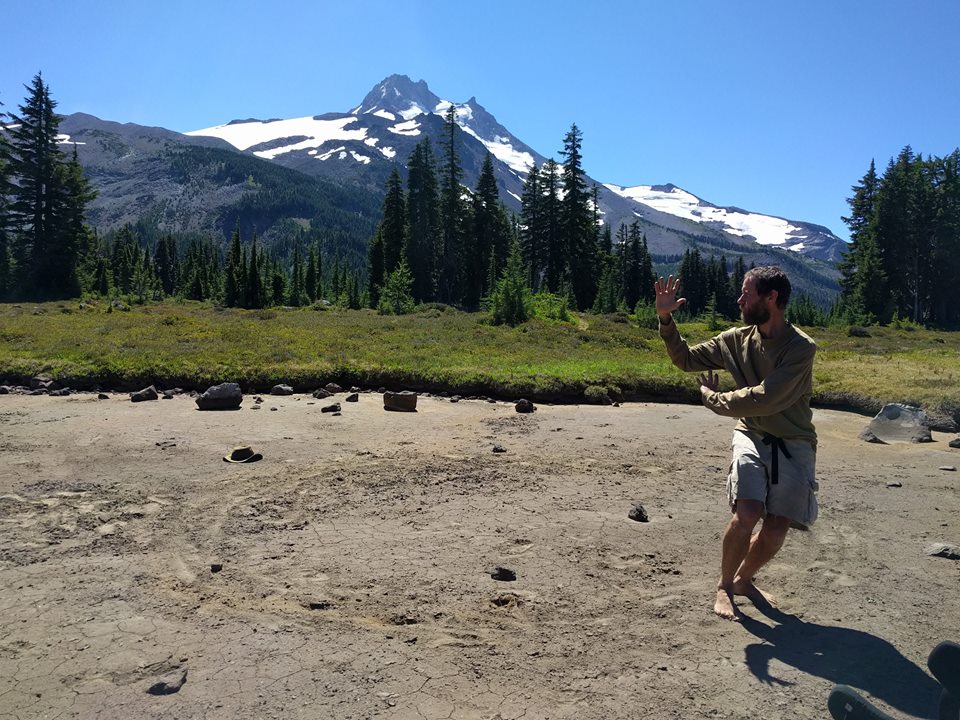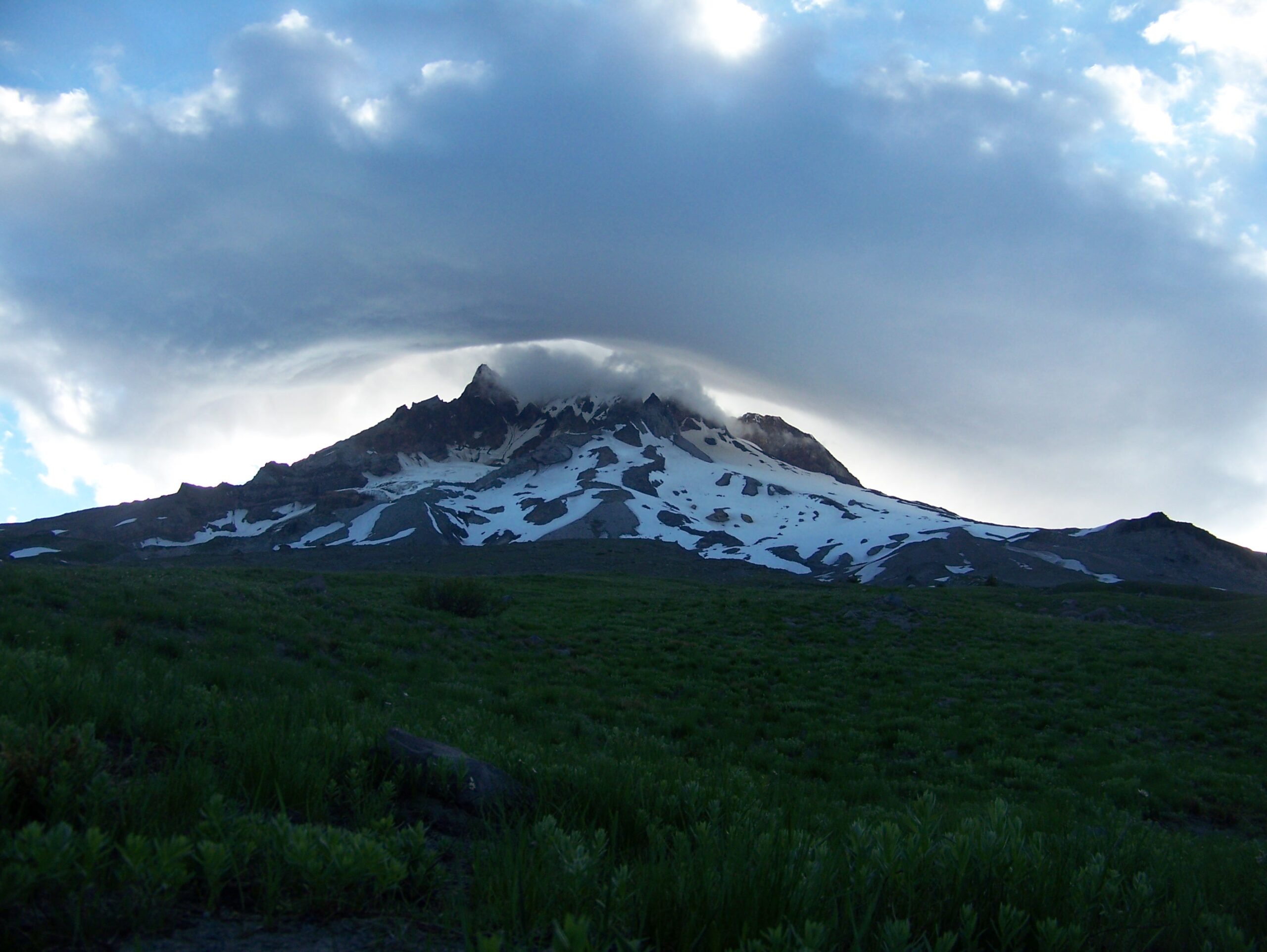Our foundational practice is to recognize our essential nature of freedom and beauty that reveals itself in present awareness, and allow its natural expression of non-harming (ahimsa), and compassion to flow into the world. This requires we must wake up from the illusion of a life centered on the separate self-narrative, open to the luminosity of presence, and explore the new ways of living in our society that emerge. As the conventional model of living promoted in modern consumerist cultures like ours clearly causes suffering to many beings in many ways, the practice of ahimsa means to deeply question and challenge these conventional patterns, recognizing that our daily actions have an impact on all beings. The ethical way of life we discover through that process might be called a kind of renunciation, but we renounce only what is unwholesome and restricting, and because it opens us to greater joy and freedom. This is a way of life that was chosen by the Buddha, by Jesus, and by innumerable other religious contemplatives throughout history.
With the intention to open and enrich this foundational orientation, we practice a variety of meditational arts that deepen our awareness of the present moment, loosen our restrictive illusions about the apparent separation between self and the world, and help reveal the clarity, compassion, and freedom of our original nature. Our primary form of meditation is still-sitting in focused presence, called zazen in Japanese, and rooted in the Yogic tradition from India. We do not adhere strictly to any one lineage, but we sit with eyes open and with particular attention on posture and breath. In order to receive the inspiration of nature, and to help open ourselves to the wider world, we generally sit outside, unless the weather is particularly forbidding. This is one aspect of our sangha that seems to stand out to many new participants, although, of course, this practice was the original style in Buddhism and many other meditation traditions.
To help clarify the unfolding process of awakening, we utilize a group sharing practice called “satsang” (truth community), often associated with the Advaitan tradition. This focused discussion forum helps us understand the non-dual, undivided nature of our experience, beyond the illusion of an isolated self moving through time that we are all conditioned with. Words, silence, and communing in fellowship all play a role.
Another practice we have in our daily routine is chanting – an energetic vocal and body exercise that helps us express our celebration of presence in a form that more clearly flows out to the apparent world around us. We have a liturgy of some traditional, and some less traditional, texts that we chant both for daily practice, for full moon and new moon celebrations, and for other special occasions. See the “Liturgy” section for some of these texts.

Some of us also practice walking meditation, Taiji/qigong, and other exercise and movement meditations. Free instruction may be available.
Additionally, some of us engage with a vocal practice based on the melodic frameworks used in Indian classical music. These musical patterns, called raga, were created over centuries in a yogic context, and practicing with them using our voice offers great opportunities to enrich our spiritual practice. This “Nada Yoga” (unity through sound) practice can be very simple, or very sophisticated, depending on one’s level of interest and investigation. Instruction may be arranged to anyone interested.
